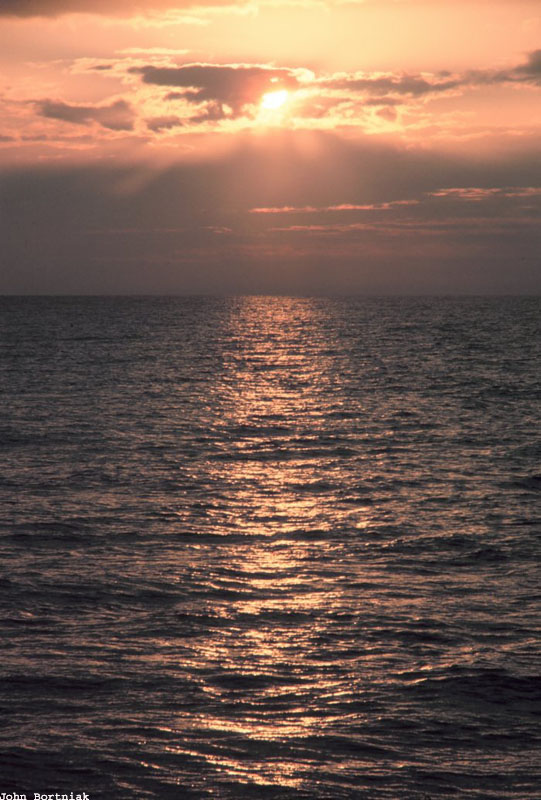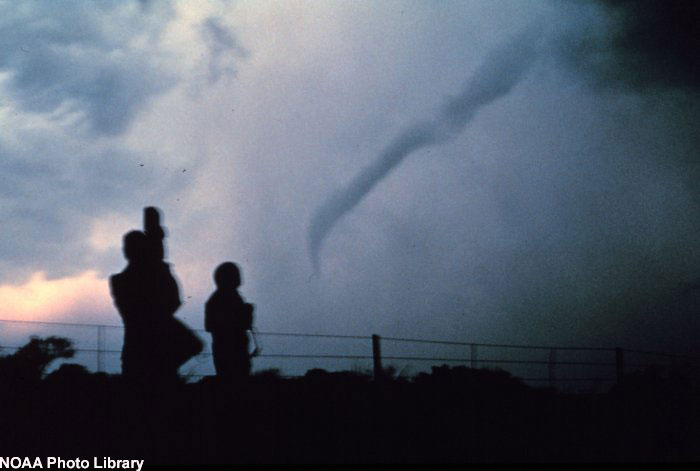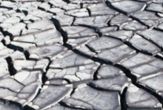Crazy Weather: Northwest Drought Tied to Southwest Floods

It's been a crazy winter out West. A flip-flop in storm patterns has caused the typically moist Pacific Northwest to go dry while making "flood watch" a common phrase in the Southwest.
Scientists aren't surprised it happened, but the severity of the shift caught them off guard.
Winter storms pick up moisture as they travel across the Pacific Ocean, and they typically dump much of that moisture on places like Portland and Seattle, making Southern California and Arizona good places to putter around golf courses and lounge by pools.
This season, however, many storms have been deflected south by climate variations in the Eastern Pacific, including warmer water and persistent areas of high atmospheric pressure.
By the numbers
The February numbers mimic a pattern that goes back to December and has continued into March:
- Seattle received 1.2 inches of precipitation in February -- 29 percent of the average for the month.
- Los Angeles endured more than 11 inches of February rain, three times normal.
- Phoenix got 3 inches of precipitation last month -- nearly 400 percent of normal.
In Phoenix, a river that's been dry since 1999 has run bank-to-bank on several occasions this winter as officials released water from lakes swollen from the second wettest winter in the city since the 1940's.
Sign up for the Live Science daily newsletter now
Get the world’s most fascinating discoveries delivered straight to your inbox.
Rain-induced mudslides have become common this winter in Southern California.
What's up?
"The Eastern Tropical Pacific warmed and gave us El Nino-like conditions," explained Greg McCabe, a scientist with the U.S. Geological Survey (USGS). "When we have warm Eastern Tropical Pacific temperatures, the Northwest is dry."
In El Nino years, easterly tropical trade winds in the Pacific Ocean weaken and the waters along the Eastern Pacific Ocean become warmer. This warmer ocean water supplies both moisture and energy for huge thunderstorms, which feed moisture and wind energy into the upper atmosphere. Some of this moisture eventually dumps on the West Coast, creating severe winter storms.
Similar correlations between flood and drought have been observed on a global scale, between the Amazon and Congo rain forests.
Meteorologists had been predicting dry conditions in the Pacific Northwest and wet weather for the Southwest since early in the year. What surprised them was just how dry, and how wet, it got.
"I don't think we expected it to be this extreme," said Douglas LeComte, a meteorologist for the National Oceanic and Atmospheric Administration (NOAA). "I mean, Los Angeles has gotten twice as much rainfall as Portland."
In addition to being very dry, the storms that did hit the Pacific Northwest behaved abnormally. "The storms were warm - instead of having snow we got rain," LeComte told LiveScience.
More bad news
Snow is a natural water reservoir - it sits in the mountains during the wet winter months, then melts in spring and summer. Many communities rely on the spring melt to replenish reservoirs. This year's snowpack in the Northwest is the lowest in more than 20 years of record keeping.
"That spring snowpack is like money in the bank," said LeComte. "It accounts for 50-80 percent of the Western water reservoir. Even if you get a lot of rain it won't reverse the damage."
Because the Pacific Northwest is about to enter its dry season now, LeComte says there is little chance of making up the water deficit and expects the drought to continue at least until next fall.
The U.S. Seasonal Drought Outlook, released last week by NOAA, shows persisting drought in the Pacific Northwest through June. In the Southwest, by contrast, conditions are expected to continue lessening the effect of a decade-long drought.
Dry conditions create an elevated risk for forest fires in the Northwest this summer. And the news isn't all rosy in the Southwest. Fire danger is lower now, but the risk will rise again once the weather patterns return to normal, officials say. Plant life that will flourish with the extra water this season will die and dry up after the next dry spell, creating more dry wood than normal, setting the stage for forest-clearing blazes.
A study earlier this year found that the current Northwest drought is practically nothing compared to prolonged dry spells in the past. In fact throughout the West, historical droughts dwarf any that have occurred in modern times, according to a NOAA report released last year.
Meteorologists and drought specialists are working to create better techniques for predicting and preparing for droughts. But they're mindful of the one constant when it comes to weather:
"Drought prediction is pretty tough because conditions change so quickly," McCabe said.
Image Gallery

Image Gallery

Billion-Dollar Weather Disasters










